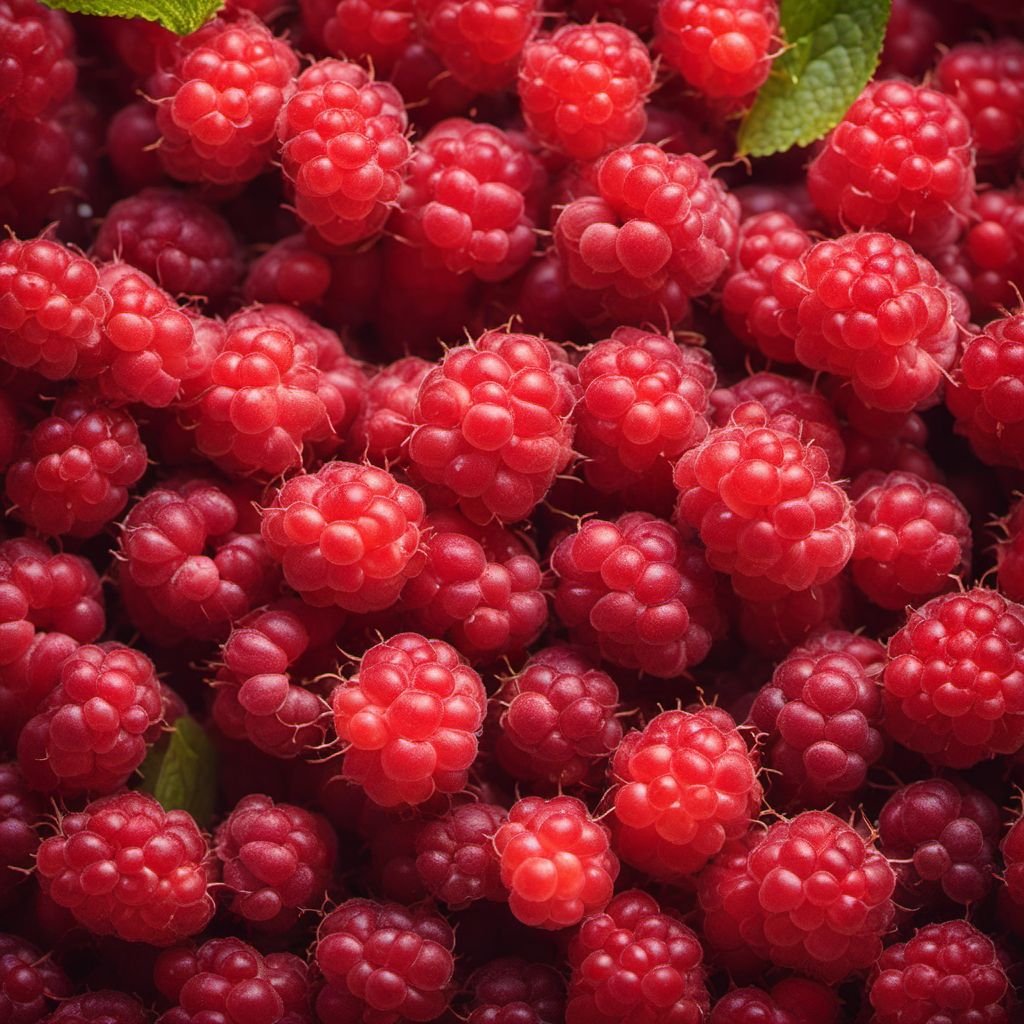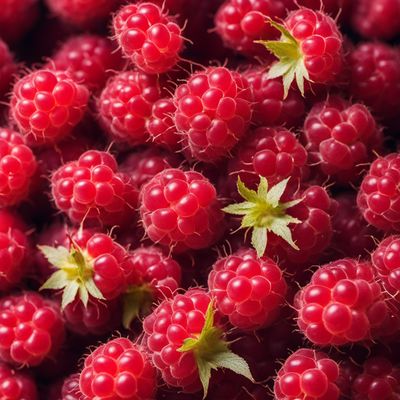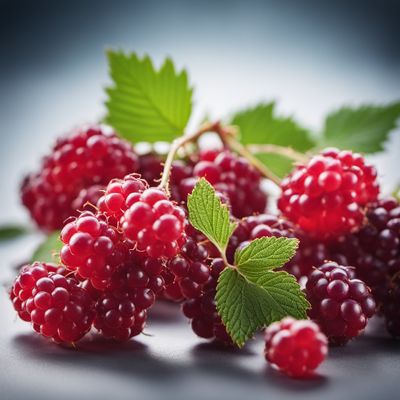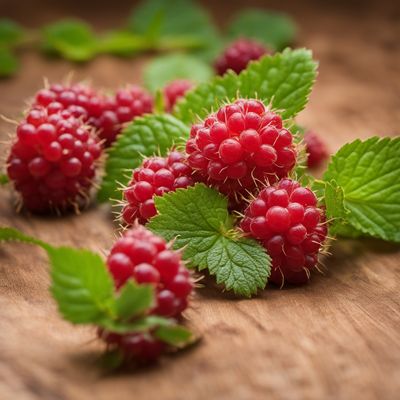
Ingredient
Salmonberries
The Jewel of the Forest
Salmonberries are small, round berries that range in color from bright orange to deep red. They have a delicate, juicy texture and a sweet-tart flavor that is reminiscent of a mix between raspberries and blackberries. These berries are often enjoyed fresh, but can also be used in jams, jellies, desserts, and even savory dishes.
Origins and history
Salmonberries are native to the coastal regions of North America, particularly in Alaska and the Pacific Northwest. They have been an important food source for indigenous communities for centuries, and their vibrant color and unique flavor make them a beloved ingredient in local cuisines. These berries are often foraged in the wild, and their availability is limited to specific regions and seasons.
Nutritional information
Salmonberries are a good source of vitamin C, providing a boost to the immune system. They also contain dietary fiber, antioxidants, and minerals such as potassium and manganese. With only around 60 calories per cup, they make a nutritious and low-calorie snack or addition to various dishes.
How to select
When selecting salmonberries, look for plump and firm berries that are fully ripe. The color should be vibrant and uniform, without any signs of mold or discoloration. Avoid berries that are overly soft or mushy, as they may be past their prime.
Storage recommendations
To store salmonberries, gently rinse them under cold water and pat them dry. Place them in a single layer in a shallow container lined with paper towels to absorb any excess moisture. Store them in the refrigerator for up to 3 days. For longer-term storage, you can freeze salmonberries by spreading them out on a baking sheet and placing them in the freezer until frozen solid. Transfer the frozen berries to a freezer-safe bag or container and store them for up to 6 months.
How to produce
Salmonberries are typically found growing in the wild, making them difficult to cultivate on a large scale. However, if you have access to a suitable climate and soil conditions, you can try growing them in your garden. Plant them in well-drained soil and provide ample sunlight and water.
Preparation tips
Salmonberries can be enjoyed fresh as a snack or used in a variety of culinary applications. They are delicious in jams, jellies, pies, tarts, and desserts like ice creams and sorbets. Their unique flavor also pairs well with savory dishes, such as salads, sauces, and marinades for meats and seafood.
Culinary uses
Salmonberries are commonly used in Pacific Northwest cuisine, particularly in Alaska and the coastal regions of Washington and Oregon. They are also enjoyed in other parts of North America where they can be found in the wild. These berries are not widely cultivated, so their availability is limited to specific regions and seasons.
More ingredients from this category

Olallieberries
The Luscious Berry: Olallieberries

Tayberries
The Tangy Delight

Youngberries
The Sweet and Tangy Delight

Thimbleberries
The Delicate Delight: Exploring the World of Thimbleberries

Other species and hybrids of genus Rubus, not elsewhere mentioned
The Berry Bonanza

Loganberries
The Luscious Loganberry

Boysenberries
The Alluring Berry: Boysenberries

Dewberries
The Wild Berry Treasure: Dewberries